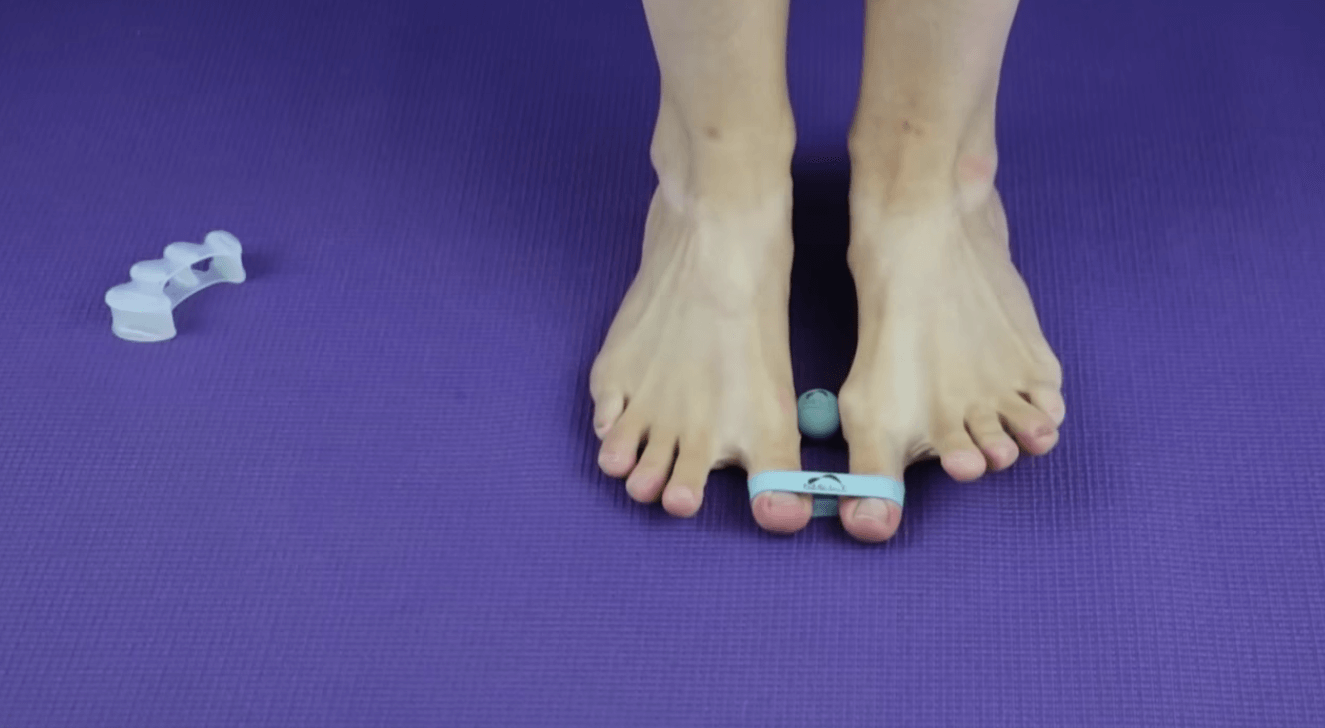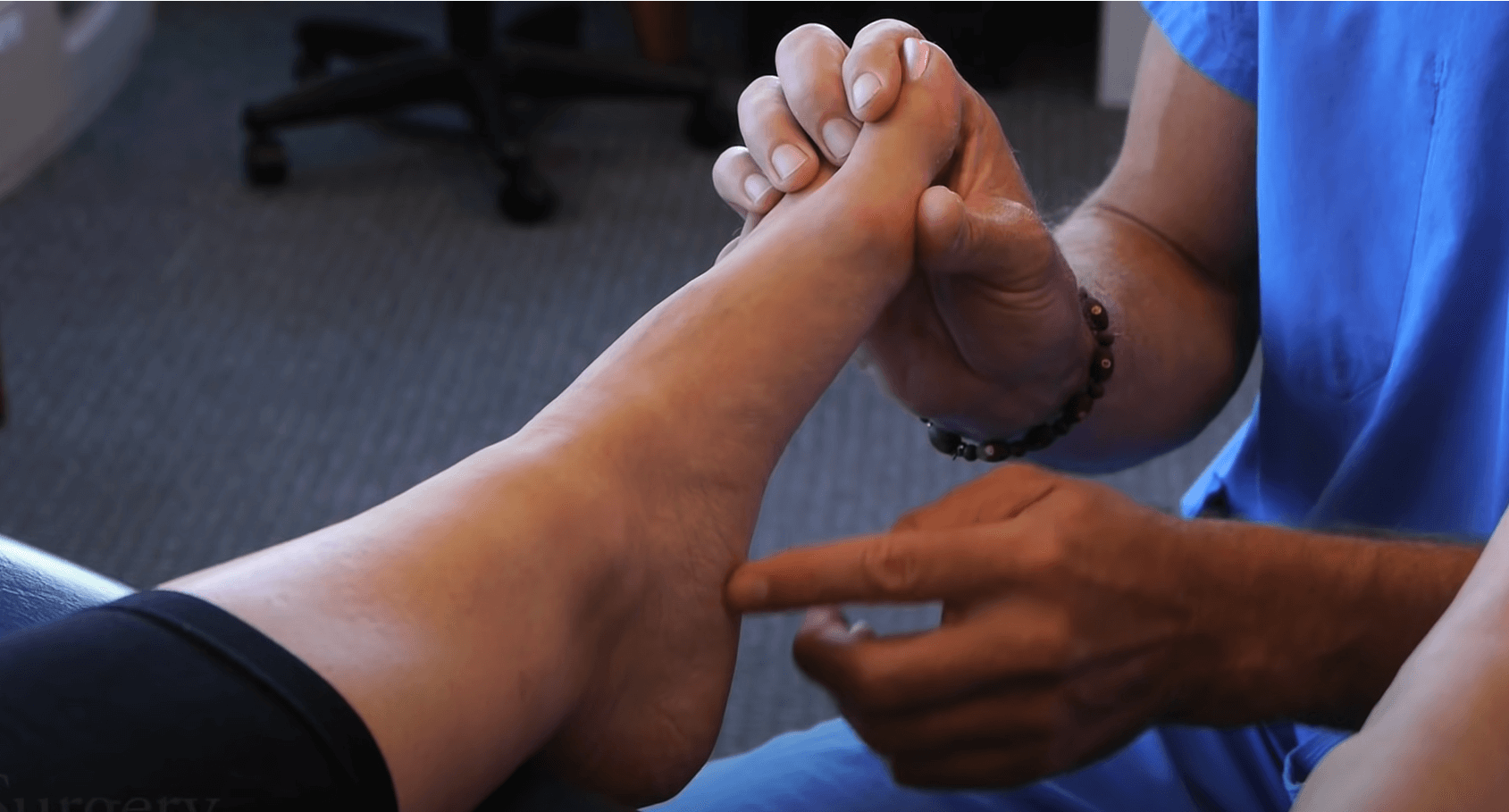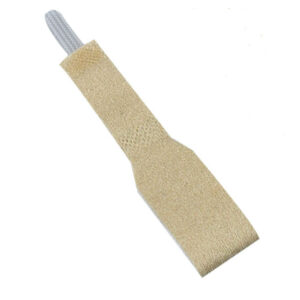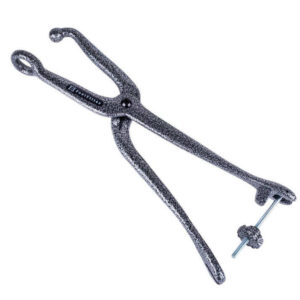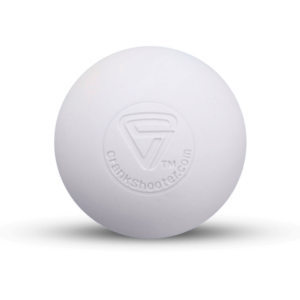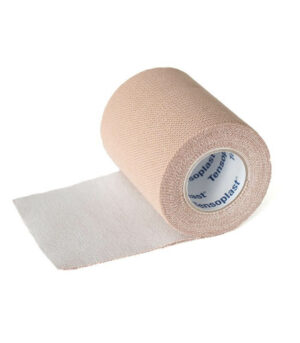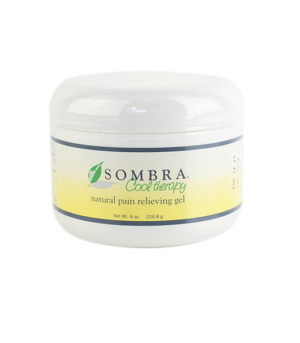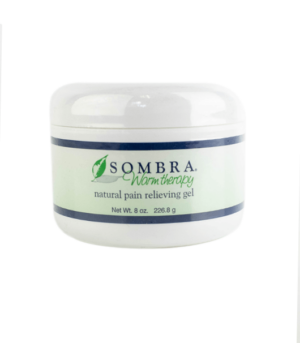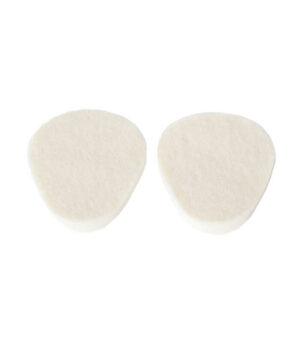What is neuroma?
A neuroma is an often painful enlargement of one of your body’s nerves. Morton’s neuroma is the name used to describe nerve enlargement in your foot, particularly enlargement of one of the nerves traveling to your toes in your forefoot. Morton’s neuromas most commonly develop in one of your intermetatarsal nerves—one of many nerve branches within your foot that originated in your spine. Morton’s neuroma is more likely to affect women than men.
Condition Information
A neuroma can manifest between any of the long bones, or metatarsals, in your forefoot. Morton’s neuromas are neuromas that develop between your third and fourth metatarsal bones and your toes. If a neuroma develops between any of your other metatarsal bones, it is called a neuroma, not Morton’s neuroma.
Medical terms, including neuroma, can often be understood by breaking them into their component parts. “Neur” or “neuro” means nerve, and “oma” means swelling or tumor. Simply put, then, a neuroma is a swelling or enlargement of a nerve. The word “tumor” should be avoided when referring to a neuroma, as this word may be construed to mean cancerous or malignant. Neuromas are benign, or non-cancerous, and often respond to conservative care methods.
X-rays of your affected foot will not show a neuroma, as neuromas are made up of soft tissue. X-rays may be helpful, however, in helping rule in osteoarthritis or a stress fracture as the cause of your symptoms. Ultrasonography and MRI are sometimes used to help diagnose neuromas, although they are often ineffective. The clinical diagnosis by a foot care expert with experience treating this health problem is usually the most effective way to diagnose neuromas. Your podiatrist will attempt to duplicate your neuroma symptoms by pressing on the involved nerve at various points, and he or she may try to cause a clicking of your nerve that indicates nerve enlargement.
Causes and Symptoms
Inappropriate footwear is one of the principle causes of Morton’s neuroma. Toe spring and tapering toe boxes are the most problematic shoe design features that contribute to this health problem. Morton’s neuroma occurs when one of your nerves is stretched and pinched, which happens with great frequency in people who wear shoes incorporating these design features. A professional shoe fitting should always be sought if you are struggling with neuroma-related symptoms.
Other factors that may contribute to Morton’s neuroma include:
- Flat feet
- Bunions, hammertoes, and other forefoot problems
- Excessively high foot arches
- High-heeled shoes
Some of the most common signs and symptoms of a Morton’s neuroma include:
- Burning, stinging, stabbing, or shooting pain in the ball of your affected foot
- A tingling sensation between your third and fourth toes
- Foot cramping
- Foot numbness
- The sensation that you are walking on a lump
Treatment
Conservative treatment for Morton’s neuroma involves footwear that allows your forefoot to spread. High-heeled shoes cause neuromas by squeezing and stretching your involved intermetatarsal nerve across the ball of your foot and should be avoided as often as possible. A shoe that possesses any toe spring will also place more stress on your foot nerves and increase your likelihood of developing a neuroma.
Test shoes before you buy them to see if they are appropriate for your feet. Select shoes that have a removable liner or insole, and stand on the liner, noting the position of your foot. If your foot is wider than your liner, that shoe will irritate your neuroma by squeezing your metatarsal bones together.
You may need a metatarsal pad if wider shoes do not help relieve your Morton’s neuroma symptoms. A metatarsal pad will help spread your metatarsal bones and reduce pressure on your affected nerve as it travels under the ball of your foot. The placement of your metatarsal pad is important, and it is best placed by a foot care professional who has experience in the anatomy of the forefoot and Morton’s neuroma treatment.
Other conservative care remedies include ice therapy and anti-inflammatory medications or supplements. If conservative care measures fail to resolve your problem, some foot care providers may recommend a cortisone injection around your involved nerve to help reduce your swelling and inflammation. Concentrated alcohol injections around your affected nerve have also shown good results and should be considered before undergoing neurectomy, a surgical procedure to remove the enlarged, traumatized portion of your involved nerve.
-Dr. Ray McClanahan, DPM, NW Foot and Ankle



